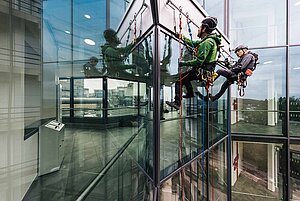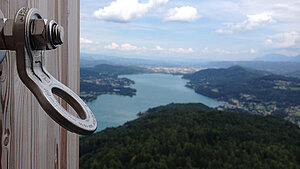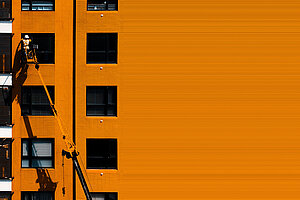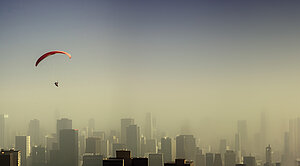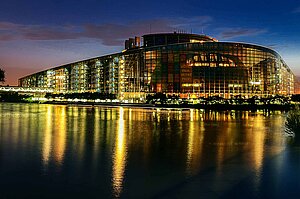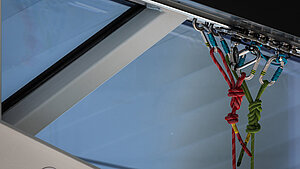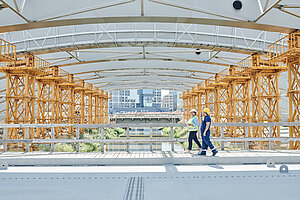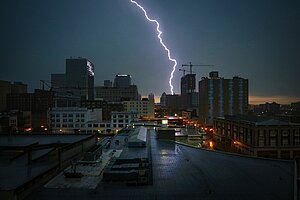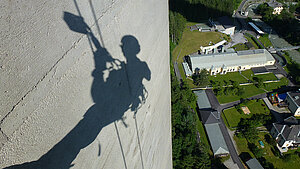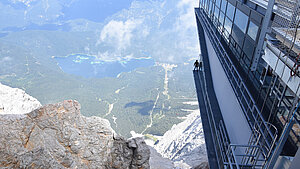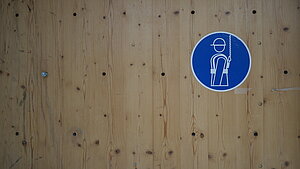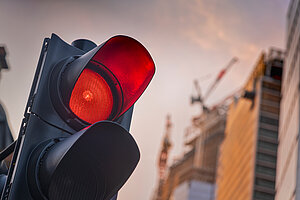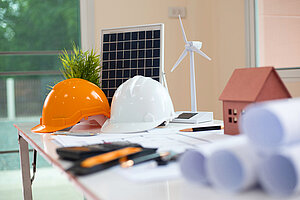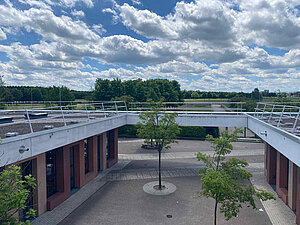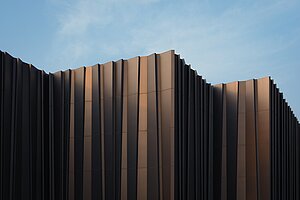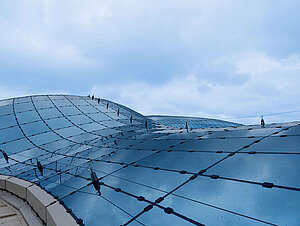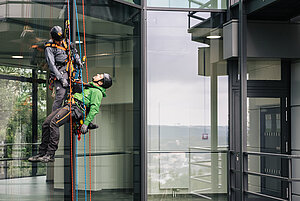16.05.2024 | Technical Terms
Anchorage equipment
04.04.2024 | Planning & statics
Substructure for photovoltaics
04.04.2024 | Planning & statics
INNOTip
Bestseller
Renewable energy and fall protection systems
07.03.2024 | Planning & statics
INNOTip
Bestseller
Fall protection for photovoltaic facades
15.02.2024 | Technical Terms
Bestseller
Protective railings
08.02.2024 | Technical Terms
INNOTip
GWO Global Wind Organisation
01.02.2024 | Technical Terms
INNOTip
Bestseller
Industrial climbers
14.12.2023 | Technical Terms
Protected transition
30.11.2023 | Planning & statics
INNOTip
Fall protection systems and the competition for space
23.11.2023 | Technical Terms
INNOTip
Fall factor in fall protection systems
14.11.2023 | Planning & statics
Roof penetration
30.10.2023 | Standards, approvals and certificates
INNOTip
CEN/TS 16415 Multi-person testing
18.10.2023 | Technical Terms
Securing pillars
11.10.2023 | Legal foundations
Bestseller
DGUV regulation 112-198
21.09.2023 | Technical Terms
Shock absorbers
05.09.2023 | Standards, approvals and certificates
Bestseller
EN 795: Fall protection to the European standard
10.08.2023 | Standards, approvals and certificates
DIBt approval for fall protection systems
03.08.2023 | Legal foundations
BauV – The Construction Workers Protection Regulation in Austria
20.07.2023 | Legal foundations
INNOTip
Protecting fall protection systems against lightning
06.07.2023 | Legal foundations
ASR A2.1 - German rule for protection against falls
27.06.2023 | Legal foundations
INNOTip
Legal principles of fall protection
13.06.2023 | Technical Terms
Industrial protection and industrial safety – the difference
23.05.2023 | Technical Terms
Fall height
24.04.2023 | Technical Terms
Suspension trauma
27.03.2023 | Technical Terms
STOP principle
27.03.2023 | Technical Terms
Safety concept
27.03.2023 | Technical Terms
Collective fall protection
27.03.2023 | Technical Terms
Fall edge - definition, distance, and protective measures
27.03.2023 | Technical Terms
INNOTip
Individual protection in fall protection systems
27.03.2023 | Technical Terms
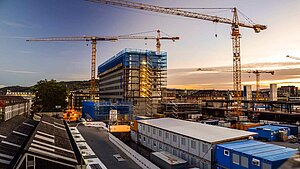
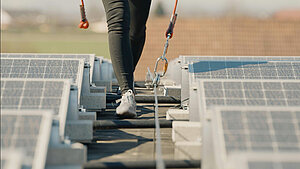
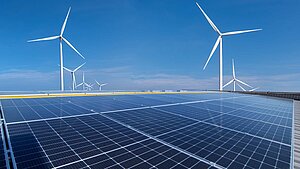
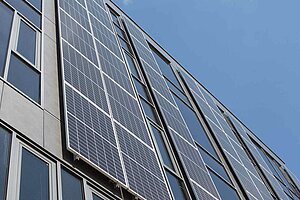
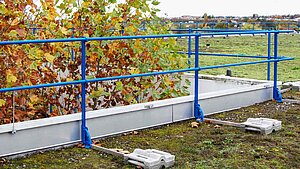
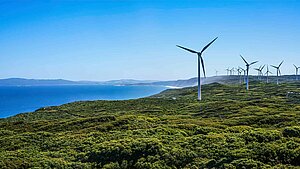
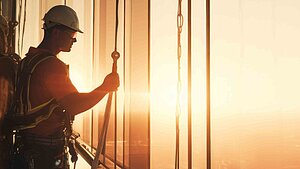
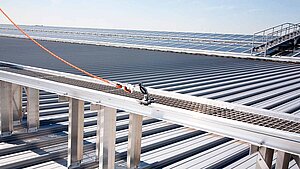
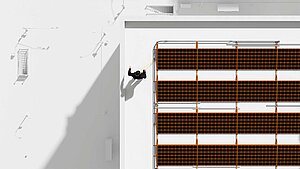
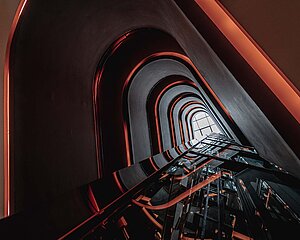
![[Translate to Englisch:] [Translate to Englisch:]](https://www.innotech-safety.com/fileadmin/_processed_/9/a/csm_dachdurchdringung-gelaender-lichtkuppel_9ad51082e8.jpg)
